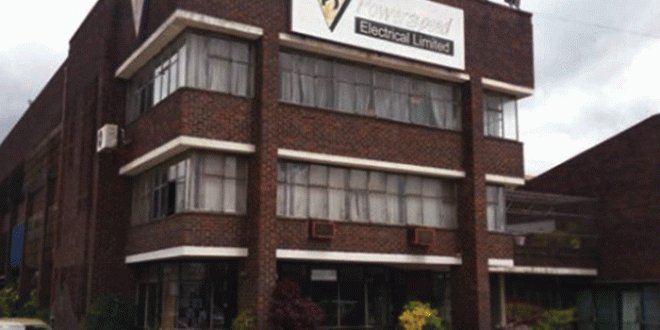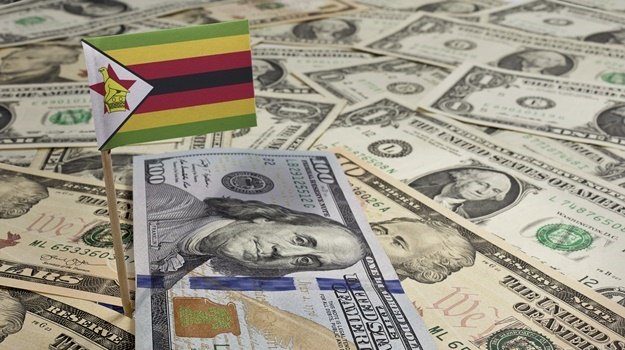Industry wants quick foreign debt strategy
Business leaders have called for expedited adoption of external public debt resolution strategies saying Zimbabwe’s external liability was blocking access to foreign funding required to drive industrial activity.
Zimbabwe has been using a medium term debt management strategy (MTDS), which expired last December while a new MTDS management strategy will be crafted for the period 2021-2025, in line with the National Development Strategy (NDS 1).
Confederation of Zimbabwe Industries (CZI) president Kurai Matsheza said the country’s debt overhang had made Zimbabwean entities less attractive to international money lenders.
He added borrowing was critical to fund the needs of industry and so the sector had suffered due to lack of access to long term international funding for retooling, importation of raw materials as well as other operational needs.
“Now the national debt also causes us other difficulties as we go up there looking for money, the country’s risk is actually not good. In certain instances, we may get it but the cost of that debt will be high due to punitive rates.
“Sometimes we end up not getting it depending on what we want to do, we may find that it does not make sense to get the debt at that level of interest rates.
President Mnangagwa hands over the Best Safety Health and Environment Programme Promoter award to ZIMSHEC’s Mr Philemon Mokuele (second right) and Mr Makumba Nyenje at the 2021 Inaugural Mining Industry Awards at State House in Harare on Tuesday. Looking on is Mines and Mining Development Minister Winston Chitando.
“So that draws us back, and yet as a business community we really want to capacitate our
businesses,” he said during a two day Zimbabwe Public Debt Indaba in Harare which was
hosted by the Zimbabwe Coalition on Debt and Development (ZIMCODD).
Mr Matsheza acknowledged the efforts by the Government in communicating the debt situation as a way of enhancing transparency and accountability, for instance the publication of the debt bulletin.
There have also been noted improvements in economic performance despite the country’s
debt situation impeding access to cheaper sources of finance.
President Mnangagwa chats with Zambezi Gas chairman Mr Edward Raradza (right) at the 2021 inaugural Mining Industry Awards at State House in Harare on Tuesday.
According to the 2022 National Budget Statement, the manufacturing sector growth is projected at 6,1 percent for 2021 while capacity utilisation reportedly rose to 61 percent in 2021.
Capacity utilisation increased from 47 percent in the first quarter of 2021 to 54 percent in the second quarter of 2021. In 2022, manufacturing growth is expected to remain positive and firm at 5,5 percent.
However, Mr Matsheza highlighted that the country required better access to external funding support in the form of loans for businesses to push production and propel economic growth.
“Without external support, which is coming in certain instances as debt, I don’t think that on our own we will be able to move very fast and efficiently in taking this country forward.
“This external support is still required. So as a business community we say let’s move with speed and resolve some of these outstanding issues,” he said.
President Mnangagwa is joined for a picture by Masvingo People Living with Disability in Mining
staff from left: Melody Sharon Juma, Purazeni Jakata, and Daniel Chitenje at the awards ceremony.
Also present is Mines and Mining Developmemnt Minister Winston Chitando.
As at end September 2021, total debt amounted to US$13,7 billion, consisting of public external debt of US$13,2 billion and domestic debt of US$532 million.
About 77 percent of the external debt is in arrears (interest and penalties).
Of the total public external debt, US$5,4 billion is owed to bilateral creditors, US$2,7 billion to multilateral creditors, US$221 million to creditors under the 2015 Reserve Bank of Zimbabwe (RBZ) Debt Assumption Act and US$4,9 billion is RBZ’s balance sheet external debt. The RBZ balance sheet external debt of US$4,9 billion consisted of US$1,4
billion guaranteed debt, US$72 million non-guaranteed debt and US$3,3 billion of blocked funds.
Mr Matsheza said without resolving these debt situations, businesses would remain crippled.
“Without a settlement being made, it chokes our business. We are unable to go out because as I said the creditors out there still see the companies that owe them,” he said.-The Herald











